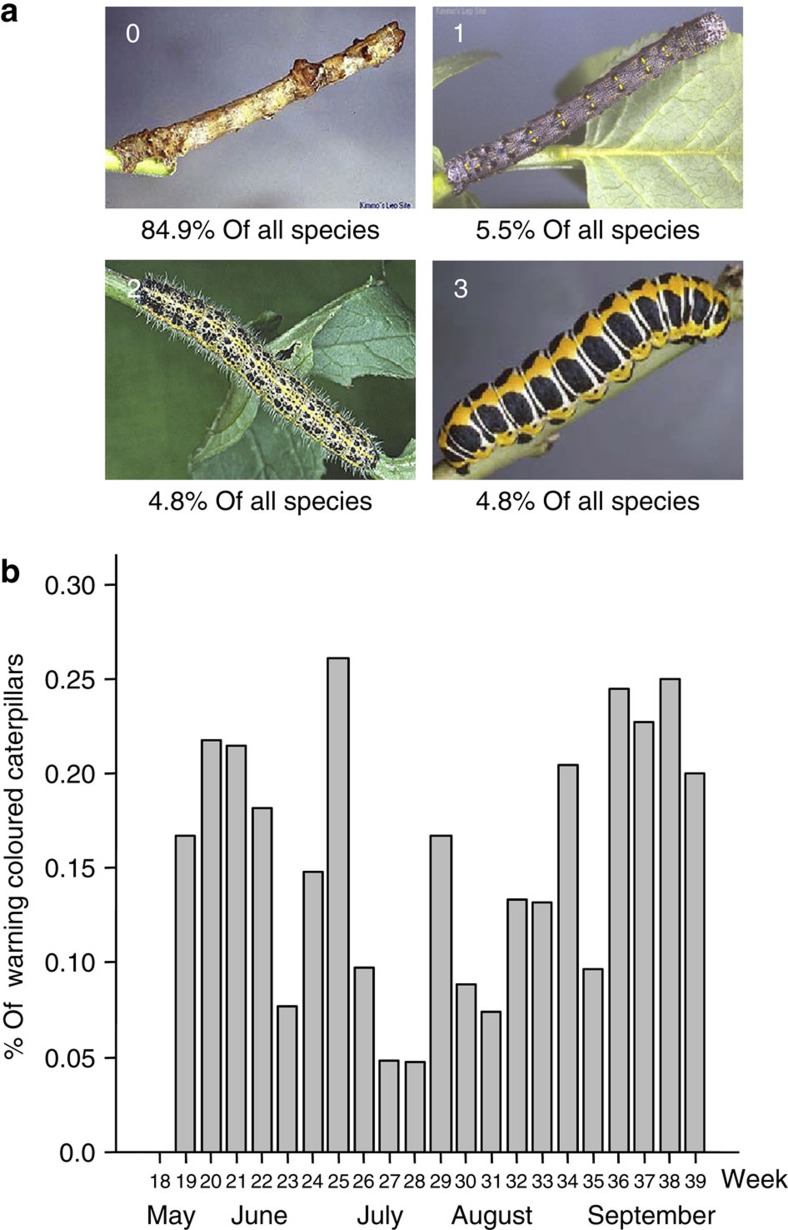Figure 2. Examples of used categories of warning colouration of macrolepidopteran larvae and their seasonal occurrence.
(a) Category 0, no typical warning colours (Hypomecis roboraria); category 1, some features of warning colouration (Lycia lapponaria); category 2, moderate warning colouration (Pieris brassicae); and category 3 (Cucullia lactucae), strong warning colouration. (b) Estimated proportion of warning-coloured larvae among 688 larvae (categories 1, 2 and 3) in the naturally occurring prey community. The estimation procedure uses abundance categories assuming that each abundance step corresponds to a fivefold increase in abundance, but assuming different step sizes than five reproduces the same pattern where signals are least prevalent in the middle of the season.

